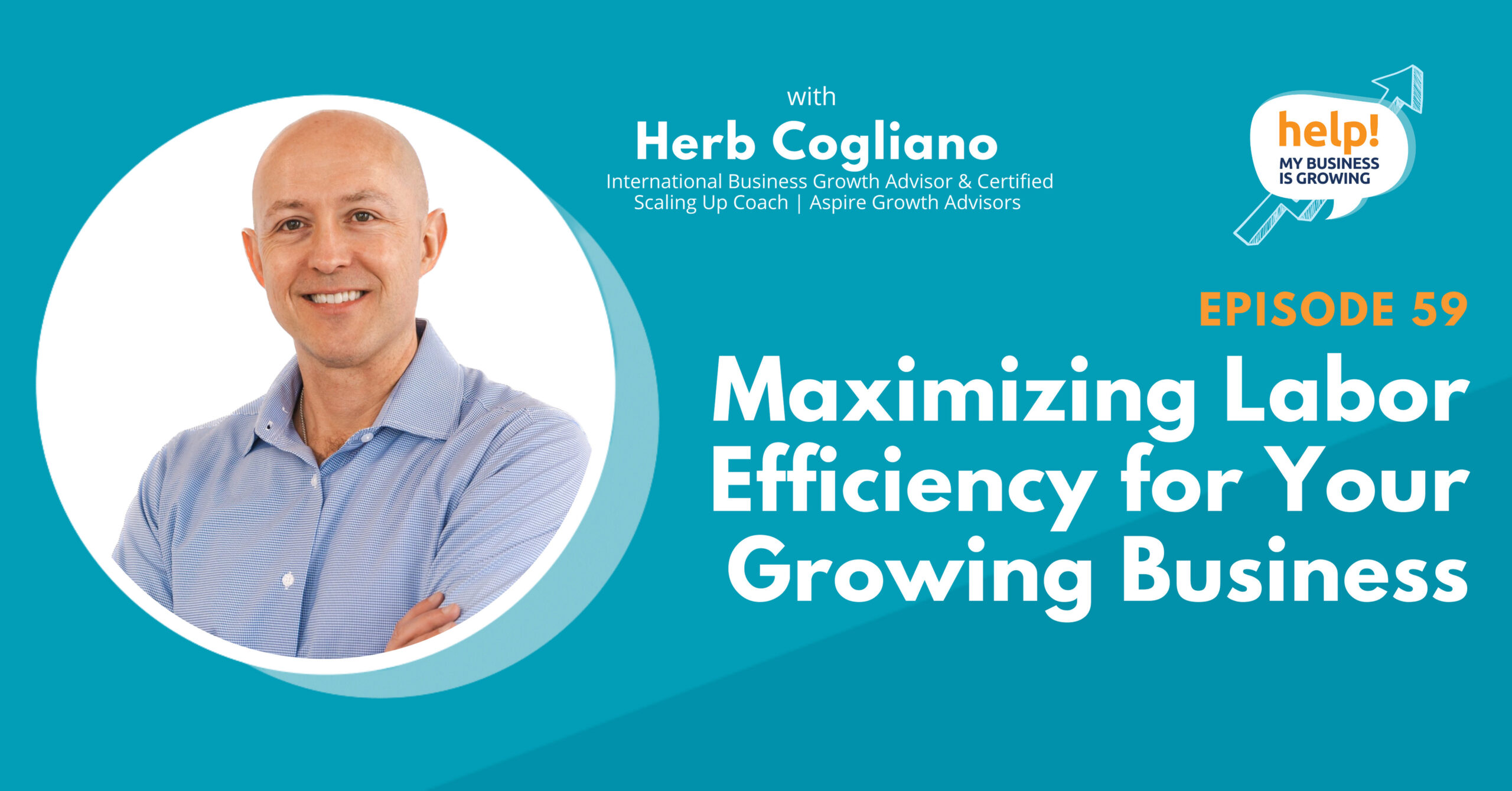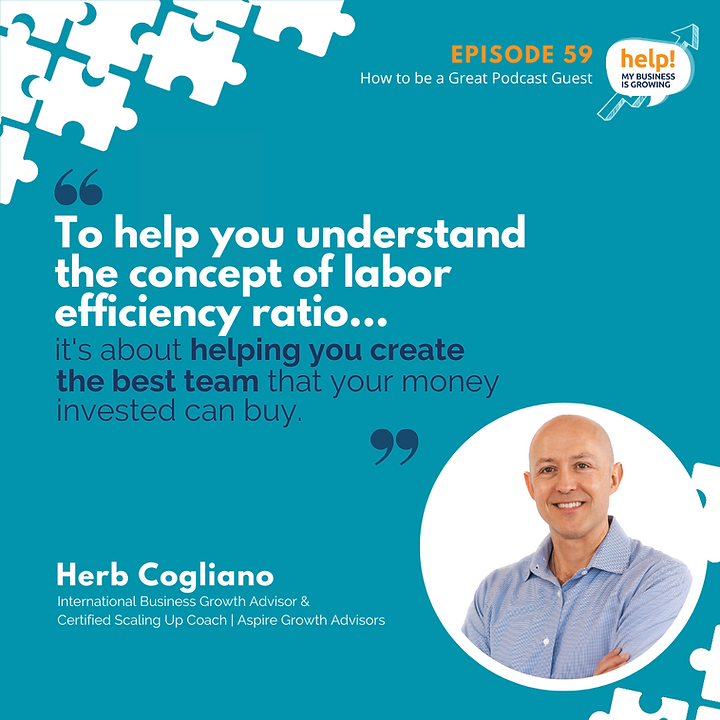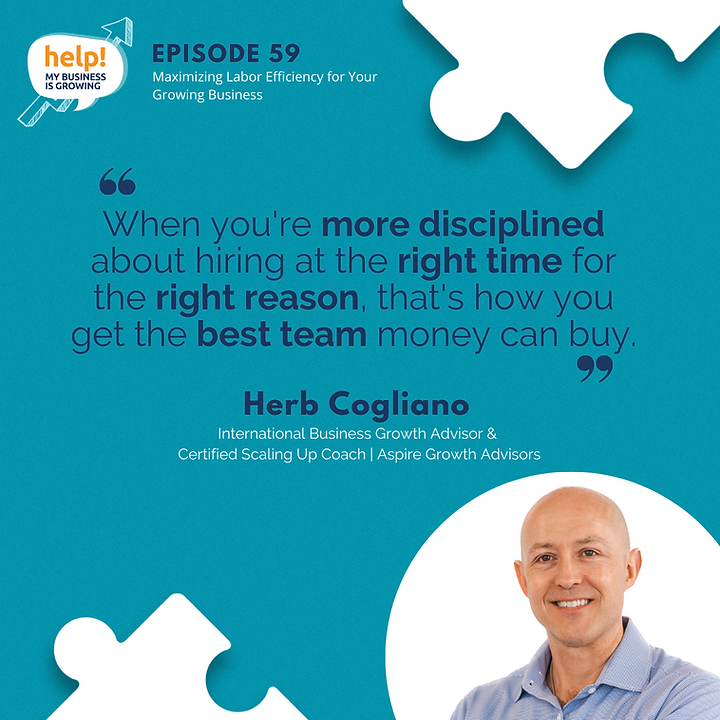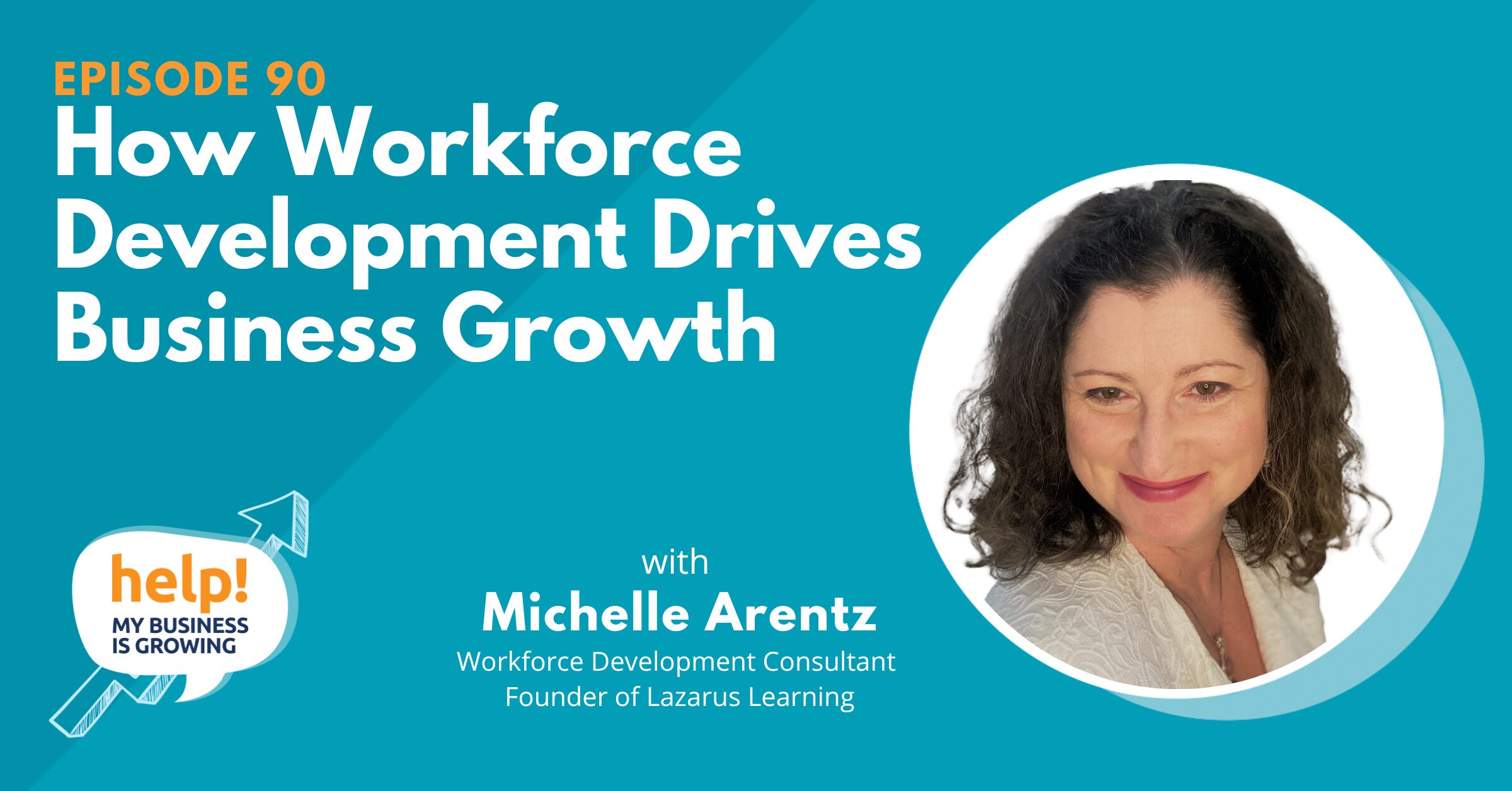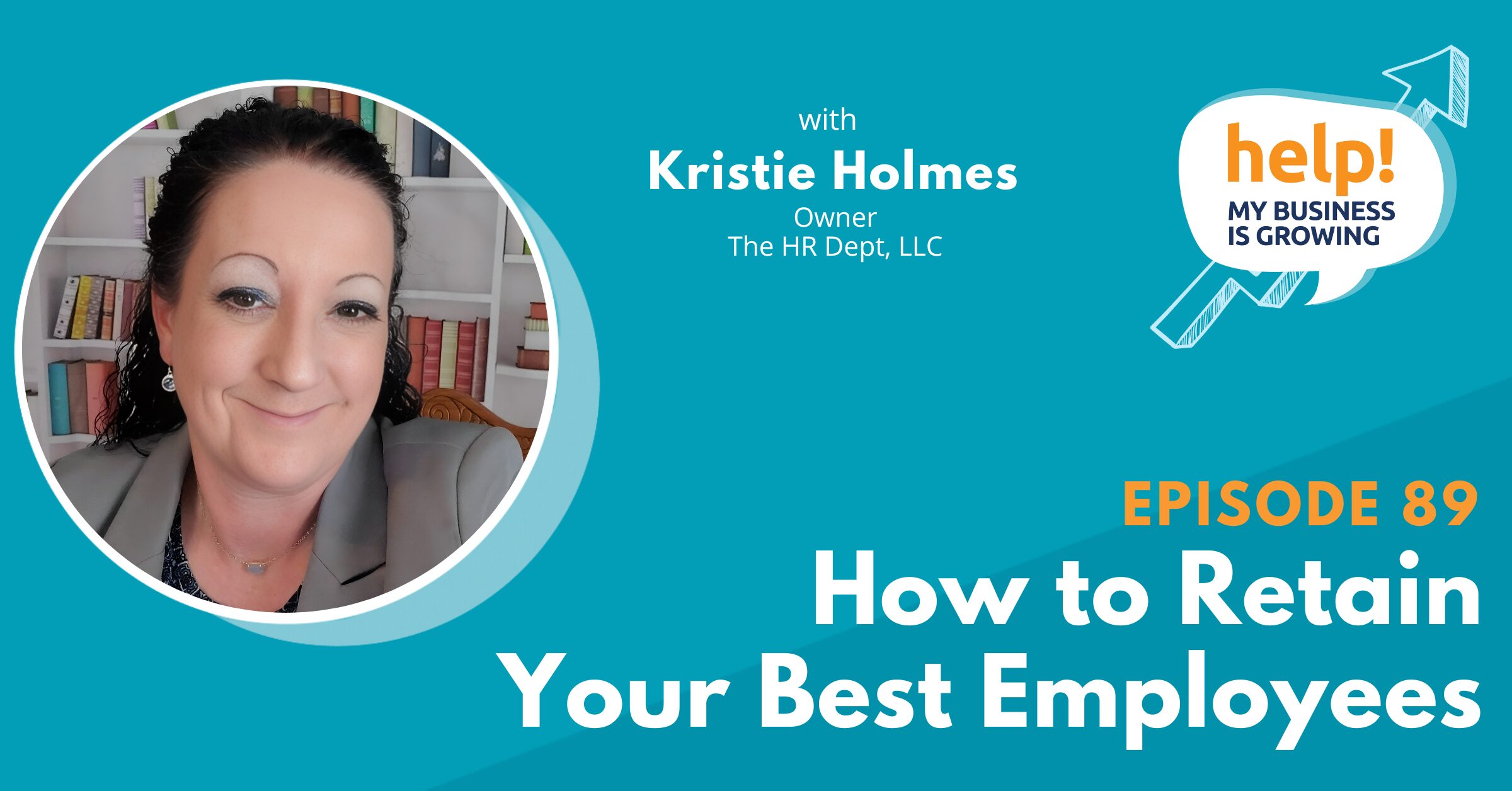To run a healthy and sustainable business, it’s essential to strike a balance between cost optimization and the well-being of your people.
This is where labor efficiency steps in – a strategy that involves leveraging your workforce’s skills, time, and resources to achieve maximum productivity and job satisfaction.
To understand the labor efficiency ratio (LER), let’s draw a parallel between professional sports and their salary caps. Despite teams spending the same amount, the outcomes can vary significantly – some winning championships while others land at the bottom. The same principle applies to businesses: creating the best team possible with the labor investment at hand.
By aligning labor investments with profit objectives, you can build a winning team that propels your company’s growth and prosperity.
To calculate the labor efficiency ratio, simply divide gross profit by direct labor cost, revealing the return on labor investment.
For instance, in a service company like a CPA firm, a healthy ratio of 2 to 1 means every dollar invested in labor yields $2 of gross margin, showing the effectiveness in generating profits.
Understanding this distinction helps businesses make strategic labor investments. By optimizing revenue-producing roles, companies can boost productivity and profits. Simultaneously, efficient back-office support ensures smooth operations and cost optimization.
Maintaining a healthy operating profit of 15% or more is essential for sustainable success. It provides financial stability and enables reinvestment in growth, ensuring long-term profitability and resilience.
Knowing the difference between revenue-generating and back-office labor is key to business success. It will help you make strategic decisions about your labor investments, setting you up for business growth that is financially healthy and sustainable.
Your main objective should be to retain A players and help B players develop into A status through effective coaching and growth opportunities. While addressing any issues with C players is important, it’s equally crucial to enhance your hiring process to attract more A players and improve your talent development skills. By focusing on hiring the best talent upfront and nurturing their growth, you’ll build a high-performing team that drives success and continuous improvement in your organization.
Download the labor efficiency ratio worksheet provided from the website: www.aspiregrowthadvisors.com.
Business owners can assess their team’s performance and receive complimentary assistance through a no-commitment call.
There is also a high-impact CEO scorecard on the site that offers insights on transforming from a traditional business owner to a high-impact CEO by adopting simple traits and mindsets to focus on for growth and success.
Kathy (host):
Well hello there and welcome back to another episode of Help! My Business is Growing, a podcast where we explore how to grow and build a business that is healthy and sustainable. I’m your host, Kathy Svetina, a fractional CFO and founder of NewCastle Finance, a company where we believe that everything that you do in your business will eventually end up in your finances. And to get to healthy finances is to have a healthy business. But, you know, how do you get there? Well, this is where this podcast comes in to help.
Kathy (host):
For many businesses, labor costs are usually the highest, especially if they’re in the service industry. And when it comes to running a successful company, finding ways to optimize these costs becomes absolutely crucial. One way to do this is through labor efficiency, or strategically managing and utilizing your workforce’s skills, time, and resources to ensure maximum productivity and output. But, you know, what does this really mean? And what exactly is labor efficiency? Why is it important? How do you measure it? And how can it supercharge your business operations? These are all questions that we are going to be discussing in this episode. And as a quick reminder, all the episodes on this podcast, including this one, come with timestamps for topics that we discuss and each one has a blog post too in case if you want to have a little sneak preview before you listen to this episode. You can find all the links and all the detailed topics in this episode’s show notes.
Kathy (host):
My guest today is Herb Cogliano. He leads his own advisory practice leveraging the Scaling Up performance platform described in Verne Harnish’s award-winning book, Mastering the Rockefeller Habits Scaling Up. As an international business coach, experienced scaling practitioner, and Professor of the Scaling Up Masters business course, he has learned firsthand what it takes to overcome many business challenges. Herb is pursuing his passion for working with leaders of growth companies to achieve more freedom by helping them create industry-leading strategies, a culture of accountability, flawless execution, and a healthy cash flow within their organizations. Herb was formerly CEO of Sullivan and Cogliano, a 53-year privately held family-owned technology, staffing, and workforce solutions firm in 1993. He also founded the award-winning Sullivan and Cogliano Education business.
Kathy (host):
Welcome to Help! My Business is Growing, Herb.
Herb (guest):
Thank you, Kathy, and I’m very excited to hopefully share some insightful information with all your wonderful subscribers.
Kathy (host):
Yeah, I’m excited too because today we’re going to be diving into a topic that is crucial for every business, but especially for those that are in the service industries, because for many businesses, most of the costs actually go into labor. So it’s really important that those resources are utilized in the best way possible. And this is where digging into labor efficiencies helps. So let’s start here. First, what exactly is labor efficiency? Because this term gets thrown around a lot. And I know it’s supposed to be one of those terms that is self-explanatory. But I see a lot of people being confused by it. So let’s first start here. What exactly is labor efficiency?
Herb (guest):
Yeah, well, first and foremost, when you think of the investments you make in your company, as an owner, other than the products themselves, labor is one of the biggest investments any company will make. That’s why getting better control of it is so important. To help you understand the concept of labor efficiency ratio, otherwise termed LER, I want you to think of professional sports. And I want you to think of a salary cap because, in football, you have 32 teams who have to spend the same amount of dollars every year. But why does one team win the championship, and one team comes in dead last with the same amount of dollars invested? Very different result. So as a business owner, it’s about helping you create the best team that your money can buy. So that’s the big picture. One of the benefits of the labor efficiency ratio is not only understanding how much labor you have invested but then ultimately linking it to the desired level of profit you think your business should earn. Really,
Kathy (host):
In this sense, understanding labor efficiency is the dollar that you’re putting into labor, are you getting the return back? So essentially, it’s an ROI on your people, what you’re spending on your people. Would that be a way of looking at it?
Herb (guest):
Yeah, so I look at it in three major bullet points. Number one, leveraging labor costs as levers in generating profit. Number two, helping managers in your company identify unproductive labor and take corrective action. And number three, help senior leaders in your company hold middle management accountable for delivering results. And the thing that I love about the labor efficiency ratio is it’s so easy to calculate. You basically take your gross profit and you divide it by your direct labor cost. That’s simple. So revenue minus the cost of service or cost of goods equals the gross margin, some companies call it gross profit, either one is fine, and divided by the direct labor dollars will give you a ratio. In a service company like a CPA firm, they’re typically two to one. So for every dollar of labor invested, they get $2 of gross margin back. And that is a healthy ratio for that particular type of service business.
Kathy (host):
So how would you differentiate, and I think that this is a really important part, when your business grows you’re going to have labor that is directly revenue producing, and you’re going to have labor that is essentially back office support for the revenue producing people. How would you take that into account in this labor efficiency equation? Or would you even take that into account?
Herb (guest):
Thank you, Kathy. Great, great point. So in a smaller company, anybody that’s client-facing, whether it’s sales, operations, service, delivery, customer service, or support, an owner that sells or is client-facing 50% or more of their time, should all be categorized as direct labor. If you have a bookkeeper, if you have an executive, a VA, or an EA, or you have somebody in marketing that is not client-facing but more administrative to the sales department, they would be indirect labor. And that is not part of the calculation. So what’s really powerful about this is that we had one client that had less than a 5% operating profit in their company. And they worked extremely hard. They’d been around for many years. And they were very smart people. But they couldn’t figure out why we are making money. There people would feel they would feel burnt out and sometimes overworked. And as soon as the ownership heard that, what would they do? Throw more people at it. And that seems to be the default solution – throw more people, that will fix the problem. It doesn’t, it exacerbates the problem. So one of the things we started to look at even in my journey as an entrepreneur in 35 years, you want your business to know when is the right time to add labor. So you can grow without sacrificing profitable growth because that’s really the ideal – not growth for growth’s sake, but profitable growth based upon desired levels that you think your industry and your business is worth.
Kathy (host):
Yeah, and I like to call that the healthy and sustainable growth. You don’t want to just grow. You want to grow in a healthy and sustainable way.
Herb (guest):
Yeah. So Kathy, with your work, obviously working on the financials and being a strategic advisor, I’m sure you notice there are some healthy levels of operating profit. And there are some that are not. Normally for me, if you’re operating profit is 5% or below, you’re on life support. Why do I say that? You lose one or two major clients, something happens, and that 5% is gone. 10% is normally a good operating profit. And yet, when you get to 15%, or above operating profit, you’re running a very profitable, successful company. And we have clients that are 20, 30, and beyond. Companies in software, and technology can be 30 and beyond. But for most of our companies in America, and even across the world, you want a 15-plus percent operating profit. Why? Because you’re providing a service people value, and you’re less inclined to be commoditized when they value you with that type of operating profit. And number two, you have enough money at the end of the month and at the end of the year, to self-fund your growth, to reinvest with the profits that you’re making. And when you’re smaller than that, you just don’t have enough left at the end of the day, to even grow to the next level.
Kathy (host):
So when you’re looking at from your perspective, it really from my perspective, it looks different in terms of you know, what type of industry you are, what type of stage you are at the company, but what we’re really talking about are already established businesses that have been in business for a while, things are growing, and things are in motion. Obviously, if you’re a startup, you’re not going to have the operating profit at that level. Right? So we’re not really talking about startups, we’re talking about already established businesses. But how does the labor efficiency tie into the operating profit? So let’s talk a little bit about that.
Herb (guest):
Yeah. So if I did that ratio – gross profit divided by direct labor – and let’s say that number comes out to 1.5, that number could mean anything to anybody. But I then look at my operating profit. And if my operating profit is 5%, and my labor efficiency ratio is 1.5, what does that tell me? My labor efficiency ratio is not high enough. Therefore, I’m spending too much in labor because it’s not supporting a healthier bottom line. So then I don’t want to hurt the business and flip it overnight. So I say to my management team, I’m currently at 5%. How could I get from five to 10%? What revenue would the current team have to do without adding any more labor? Bend, don’t break to get us up to sales and margin that would equal a 10% operating profit. And we do that math. And then I find is the labor efficiency goes, for example, from 1.5 to 1.75. Now we got there, it was hard. But then you tell the team, we need to get to 15. That’s industry standard. I didn’t pull it out of a hat. I’ve done some research. But here’s what’s going to happen, team. When we get to 15, we’re going to reinvest into the company, into you. And I’m going to take 5% of that 15% operating profit, leave me with 10 because that’s healthy. And I’m going to put the 5% back into additional hires, additional infrastructure, and management support. And then we’re going to go from 10% – wash, rinse, repeat – back up to 15. And we’re going to do that over and over all the while being profitable. And all the while investing in growth the right way. I didn’t know that when I first started my company, and people would feel burdened and burnt out and they’d say, Herb, when are we getting help, We weren’t doing well. And I would say I hear you, but help is on the way. But I didn’t really know when or if. With the labor efficiency ratio, they now know when we hit this target, the help is coming. And they feel like they’re more in control with the owner because they can see the target. They know what it is. And the ownership’s made a commitment to reinvest with them when they do it. So morale changed. We all got aligned, and we built momentum to keep doing it over and over. And several of my clients have gone from like 5 to 8 percent. Some of them are over 30% operating profit in 18 months because they’re more disciplined about hiring at the right time for the right reason. And that’s how you get the best team money can buy.
Kathy (host):
And I really like that because this is one of the tools that you have at your disposal. It’s not just looking at the numbers, but looking at the numbers in terms of levers. What are the levers that you have to be able to pull to get to the goals that you want to get to? So labor efficiency is one of those levers that, I think of it not just only as a lever, but also as a KPI to making sure that you’re tracking that every single month. But let’s go back into the story of let’s say that you are at a 1.5 of labor efficiency right now. And you know that your operating profit needs to go up. What are some of the things that you have seen that people have done in their business that increase their labor efficiency, and also, as a result, increase their operating profit?
Herb (guest):
Yeah. Number one, which is probably the most obvious, is increasing the number of A players on your team. Because unfortunately, when we did our initial talent assessment, we had about 38% of the people at that initial first time that were A players, and the balance were B players or a few C players, but we weren’t optimizing the bench. And so we needed to look at the people on the team, and how could we coach them up, which was the majority? And did we have the courage to coach out the few that weren’t really going to be productive for the dollars we invested? So the first thing is team talent. The second thing is execution discipline, and process. Is your process efficient? Are people doing things better, faster, and cheaper with the work they are doing? And the third thing is really optimizing the product and service delivery. Because think about it, when you have a lot of rework when you have a lot of guarantees, warranties, defects – yeah, that’s going to create cost, and it’s going to create more labor to fix it. So brand quality, execution process discipline, and team talent – those are the triangle of things to work on with your team to get that labor efficiency up.
Kathy (host):
And I’ve seen this with some of my clients where we have a plan, it looks great, we have, we’re selling it at the right margins, the product and the services. But what really gets us, when we really lose a lot of money, is in the process and the rework. That’s where all the devil lies, so to speak. Because if you’re losing money in the actual delivery, that’s an issue that it’s either something’s breaking in your process, or something’s breaking in the delivery, either you’re not using the right contractors, you’re not using the right, whatever you’re using. So it’s really, really important to take a look at that. But let’s go back into the talent assessment. How would that look? We talked about the A, B, and C players. First of all, let’s define what is an A player, what is a B player and what is a C player.
Herb (guest):
So I’m going to give you phase one, you know nothing about it. But you want to do a quick and dirty score right now after this podcast. Put your org chart on the table in front of you look at every individual on your org chart. And I want you to ask one simple question. Knowing what you know today, would you enthusiastically rehire them for that role? If your answer is yes, there are no? If your answer is yes, but not in that role. Another one, it’s a B. And if it’s a flat, no, there are a C, you’re going to find out what the percent of a players are in your company immediately. Now, that’s phase one, phase two, we’re going to be a little bit more sophisticated about how we’re thinking. And I’m going to look at everybody once a quarter and rate them by two metrics on a scale of one to 10. How well are they living my core values in the company? Do they behave and act in a way that is synergistic with my team, my clients, and my vendors? If they’re an eight, nine, or a 10, that would be an A. And the second thing I rate them on is their productivity for their role. So if I’m in a sales role, and I need to bring in 100,000 are quarter in revenue, and I only perform 70,000. I’m a seven out of 10. If I’m an operations delivery, and I have to have 100%, on-time delivery, and I come in at 82%, I’m an 8.2. So very simple, very clear. And then I map those two scores’ core value with productivity. And depending upon where they land on the matrix, it tells me an A, and a potential A B, or A C. And my goal is to really hold on to those a player whether it’s 28% or 80%. And then coach up over time, moving the B, B plus players into the a quadrant, that’s your job as a manager. And unfortunately, in the beginning, you may not have a lot of people in the A area, you may feel very frustrated. So you have to hire better upfront, and you have to coach better during their engagement with your company. But I guarantee you what I see, you deal with the C players first, that’s normally simple stuff. The hard stuff is fixing your hiring process to screen in more a players, and then learning how to be a coach who can really develop B players into a players. So you leave the higher eight players more upfront, or you become a better developer of talent, bringing them to a players when they get there.
Kathy (host):
I really love this process. It’s it’s just the challenges. Because when you’re a business owner, you go from being a business owner now to really truly being a CEO. And that is a journey. Yeah.
Herb (guest):
So in my background, Kathy, I don’t know if you had a chance to share any of that with listeners. But I spent 30-something years running different businesses as an entrepreneur. And in the beginning, it was not easy, and we weren’t always successful. But being a scaling-up coach, was my purpose after being a scaling-up CEO for over 22 years, if I wasn’t using the tool, feeling the pain, and then seeing the benefit after I wouldn’t be doing what I’m doing today. Because a framework and a process. You didn’t get that in business school, you don’t even get it in grad school a lot. So scaling up was an incredible book, and then an incredible operating system that we used and taught all of our leaders to grow by. And it’s been truly transformational. For all the people in our companies that were involved in one final point, what I loved about scaling up is that not only could we do well financially, but we could do good by the employees that worked for us and the communities we served. And that was recognized by the employees voting us as the best places to work. And by the Inc 5000 voting us a perennial fastest growing firm. What else could you want as a small mid-market entrepreneur than building a company that does well and does good? And that’s why we do what we do today. And I can see that in your work that you help your clients with that as well. It’s really fun.
Kathy (host):
Yeah, it is. In what do you think that using these types of tools and using the learnings of the scaling up positioned your businesses as a business that the employees really enjoyed working for? Was it something in particular about the way how you were treating our employees? The way how you were looking at the world? The values like what was it?
Herb (guest):
So I think before scaling up, every company has values, but a lot of them are kind of unwritten. And they’re assumed. But when we started to do scaling up, I didn’t create core values. I uncovered the core values with the team. And then once we uncovered them, we could be very intentional about focusing on them, keeping them front of mind living them. And you know when you have the right core values, Kathy, when you’re willing to hire for them, fire for them more take a financial hit to defend them. That’s when your employees are going to know the he’s not fun. Have you know what? Yeah, because it looks good on paper looks good on your website, every executive team will be tested when it hits the fan. And now they’re going to look at you and say, Well, why do you let people that are mean, that don’t collaborate and disrespect people? Why do you keep them in the company? Even though they’re the top sales? Rep. Yeah. I mean, I’m sure you’ve had that. It’s, I’ve had it, and then they’re gonna watch and see what you do. And then they’re gonna know if you really mean it or not.
Kathy (host):
Yeah, it’s the putting your money where your mouth is, essentially.
Herb (guest):
Yeah, I think the other part of values too, is purpose, you know, the why we do what we do. A lot of times in the beginning, people think of it as money I hear all the time, I want to get from zero to 10 million. And then when I get to 10 million, I want to be a $100 million company. That’s probably the one number I hear over and over from business owners get me to 10 that I want to be 100. Nothing wrong with that. But what’s in it for the employees in the community? So what we need to do is create a purpose beyond money, where you can still achieve those goals. I’m not against them. I think it’s that can be productive. But what is the real purpose behind it? Our company was in placement, employment, in education. So everything we were about was meaningful employment. We believe every person with any type of disability or skill shortage or economic background or education was deserving of a good job. And we want to be part of the solution for helping them get even better jobs, as they worked with us over the years helped us survive over 13 Different recessions in our company’s history. Extremely powerful. When you are emotionally attached to the purpose. That’s the key being emotionally attached to it.
Kathy (host):
Yeah, that’s impressive. 13 sessions. So when you first started the company, I’m assuming it was you that was the founder, when started this company? Did you have that purpose to begin with? Or did that evolve? Or did you somehow uncovered later on?
Herb (guest):
First of all, I want to shout out to my mother and my father, My mother and father started our first company. Back in the 1960s. My father was legally deaf in one year, my father was going to serve in the military found out the day he showed up, that when they did the hearing test, he flunked and they wouldn’t let him in. He was devastated. They didn’t do hearing tests back in 1940, in school the way they did for us growing up. But imagine a gentleman that was legally deaf, starting the company to help anybody get a job, when he would be on the phone all day being legally deaf in the other ear, who would choose to do that. But he was so emotionally connected to getting people jobs, because of what he felt like being disabled or discriminated and wanting to help people. That’s energy. The education business, which I started in 1993 was an offshoot of you can get a job, but how do I get you a better job? And the better your skills are, the better you can climb the quote, economic ladder, and that was an offshoot of that. And now our coaching practice, how do I help owners build better companies with better jobs? I will never own a pizza parlor or a development company. And I think those companies are great, but it’s not aligned with my purpose. So I know now at this stage in my life, that I want to work with customers that on purpose aligned because it makes the work so much more enjoyable when you do it.
Kathy (host):
Yeah. And I love that. I mean, I have the same thing in my company, too. I mean, working with women-owned businesses only. And it’s such a joy to see women have so much financial freedom because you’re building these companies. They’re financially healthy, and sustainable, and women also give a lot of back to the community. So you’re not just taking care of the businesses, you’re also taking care of the community. And that is so so rewarding to see.
Kathy (host):
So early on, we got through a lot of you. There’s a lot of numbers. We talked about ratios we talked about how do you do that? We talked about the talent assessments, how to figure out the A, B and C talents. But if someone is listening to this episode Okay, and there’s a question that I asked every single guest because we throw a lot of stuff at our listeners through it. But if someone is listening to this and saying, Okay, I understand, I know I need to figure this out. But what is the next step that I can do something that’s manageable in the next week or two to get me closer to the labor efficiency and operating profit that I need? What can I do?
Herb (guest):
So quite simply, I’ve had a lot of other people help me as a business owner get to where I wanted to get to. So for anybody that would like you can either go to my website, Aspire growth advisors.com. And we have a contact us there. Or you can simply email me at herb at Aspire growth advisors.com. And I will gladly send you a labor efficiency ratio worksheet for you and your team to take a look at. And I’m happy to provide you a complimentary call if you would like to talk through it. No questions, no commitment, but happy to help you with that. And then finally, we also have a high-impact CEO scorecard. Because I think what happens is a lot of business owners don’t know yet how they could transform from a traditional business owner to a high-impact CEO. And what I’ve learned in the journey is there’s five simple traits and mindsets of a high-impact CEO, they are growth orientation, coachable learning, a strategic thinker, and accountable executor in an effective communicator. And if you go to that website, it’s a very simple scorecard takes three minutes or less, you will get an assessment of where you’re at in your journey to become a high-impact CEO with some helpful tips and anecdotes on what to do next from it. So either of those I think will be helpful and happy to offer assistance however I can.
Kathy (host):
That is very generous of you Herb. And I definitely thank you to that, because I know that the listeners are going to get a lot of value out of this and they do need it because you know, helps their businesses growing. So where can people find you besides on your website? Is there anywhere that you’d like to post on social media? Where Where can people find you?
Herb (guest):
LinkedIn, Herb Cogliano, Aspire Growth Advisors – love to connect. If anybody wants to reach out share a message. I’m happy to return a call and provide any insights I can at that point.
Kathy (host):
Great. Thank you so much for being on the show. Herb.
Herb (guest):
Kathy, my pleasure. Keep up your great work. I love what you do and let’s keep helping people achieve their vision and purpose.
Kathy (host):
Yes, appreciate it. Thank you.
Herb leads his own advisory practice leveraging the Scaling Up Performance Platform, described in Verne Harnish’s award-winning book, Mastering the Rockefeller Habits-Scaling Up.
As an International Business Coach, experienced CEO Scaling Up Practitioner, and Professor of the Scaling Up Masters Business Course, he has learned firsthand what it takes to overcome many business challenges.
Herb is pursuing his passion for working with leaders of growth companies to achieve more freedom by helping them create industry-leading strategies, a culture of accountability, flawless execution, and a healthy cash flow within their organizations.
Herb was formerly CEO of Sullivan and Cogliano Designers, a 53-year privately held family-owned Technology Staffing and Workforce Solutions firm and in 1993, he also founded the Sullivan and Cogliano education business.
Sullivan and Cogliano joined a select group of companies that have appeared on the Inc. 5000 Fastest Growing Company list multiple times. The Inc. 5000 is ranked according to percentage revenue growth over a four-year period. This achievement puts us in a unique position, especially considering that over 27 million businesses are registered in the USA.
His firm was a multi-year recipient of the Boston and South Florida Business Journal Best Places to Work Award. This honor recognizes Sullivan and Cogliano’s achievements in changing the business landscape and creating a positive work environment that attracts and retains employees through employee satisfaction, working conditions, and company culture.
Herb serves on the Carroll School of Management Board of Advisors at Boston College. He has served as a Board Director of the American Staffing Association. He is past president of the Massachusetts Association of Staffing Services and previously served on the boards of Employment Resources, Inc. and Junior Achievement.
He received his BSBA from Boston College in 1987 and his MBA from the University of Massachusetts (International Honor Society Beta Gamma Sigma) in 2016.
